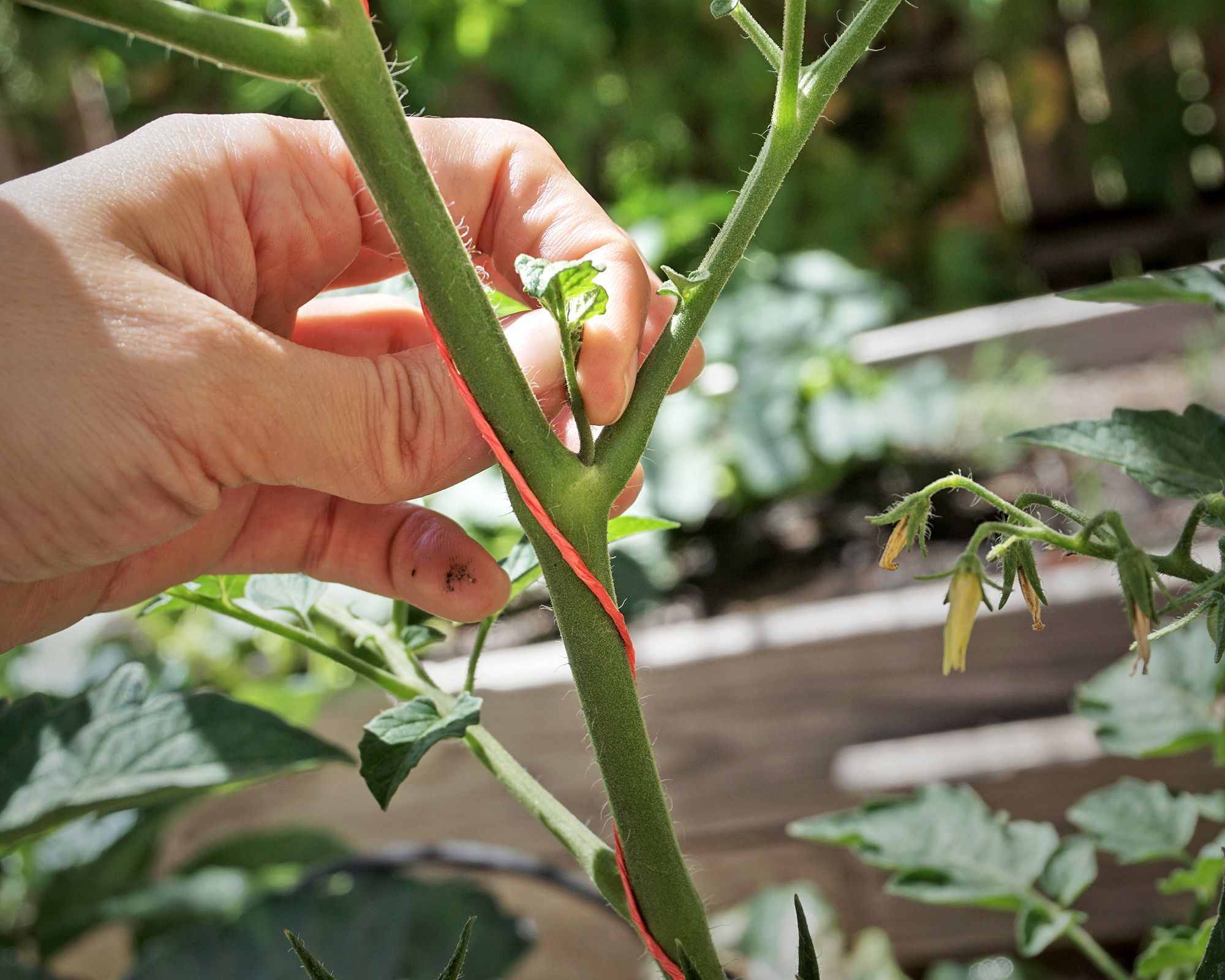Pinching Plants: Expert Tips For Bigger, Better Growth
It’s a funny expression, but “pinching out” your plants can help them stay healthy, bloom longer, and promote new growth. It’s also a lot of fun.

Pinching Plants: Grow Bushier Plants That Bloom Longer
You may have heard gardeners mentioning “pinching out” their plants. New gardeners often think they will need special pruning and other tools to be successful. Sometimes the opposite is true and all you need is your hands. One of the classic ways to develop thicker growth, jump-start new stems, and promote a more compact plant is through pinching.
Pinching out simply means using the thumb and index finger to remove vegetative growth. Depending on the species and the reason for the action, pinching plants may be done when they are young or any time in the growing season.
What Does “Pinching Plants” Mean?
The benefits are evident but how to pinch plants? Pinching a plant is just what it seems to mean: it is usually done with the thumb and index finger, quickly and neatly severing soft plant tissue. It is a simple method of pruning, most often done by hand, but you may also use small scissors or pruners.
When you pinch plants in certain species, it promotes new growth at that site. Pinching should ideally be done as close to a growth node as possible.
Benefits of Pinching Plants
When certain plants are pinched prior to blooming, the plant will develop a more dense form and produce more flowers. Plants that are already blooming can send out new buds in response to pinching.
Plants like tomatoes, benefit from pinch pruning by sending energy to producing stems rather than just forming vegetative growth. This will result in more fruit. Pinching removes terminal buds and the fleshy stem.
'Pinching back larger plants by one-third will delay blooming but produce successive flowers and fruits throughout the season. Pinching is also useful to make a plant more attractive even if it has had a growth spurt on one side.
Gardening tips, videos, info and more delivered right to your inbox!
Sign up for the Gardening Know How newsletter today and receive a free copy of our e-book "How to Grow Delicious Tomatoes".
Which Plants Don’t Need Pinching?
Plants with vegetative stems are the best varieties for this pruning method. Don’t pinch plants that you want to set seed. Plants like campanula, sunflowers, stock, and larkspur do not respond to pinch pruning. Other plants not pinch:
- Columbine
- Daylily
- Peony
- Iris
- Dianthus
- Hydrangea
- Delphinium
- Hosta
- Heuchera
Plants That Need Pinching
Most herbs such as basil and cilantro perform best with pinching. Fall bloomers such as asters may be pinched through spring. Many plants will produce more flowers and leaves if pinched before summer such as zinnia, cosmos, coleus, petunia, and sweet peas.
Most annuals respond well to pinch pruning if done prior to bud set. Veggies such as some squash, peas, tomatoes, and peppers will form more fruiting stems if pinched early when leaves are small and just forming.
- Russian sage
- Chrysanthemum
- Veronica
- Sedum
- Snapdragon
- Salvia
- Verbena
- Impatiens
- Lavender
- Thyme
How to Pinch Plants
Manual pinching is the most common method. Pinching may also be performed with small scissors or pruners to save your fingers from strain. This is best if there is a lot of plant material to remove.
Grab at the end of a node, pinch, and gently tug away the plant material. Use your fingernails to sever the stem.
When to Pinch Plants
n most cases, early in the season is best. This is when most vegetative growth is occurring and bud nodes are just forming. Pinching later in the season can remove flower buds and fruit. Pinch fall blooming plants several times until early July. Pinch annual plants when they are around 12 inches (5 cm.) and leggy. Pinch herbs early in the season for more compact plants.
Where to Pinch Plants
Look for a small bulge on the stem. This is a growth node and where to pinch. Remove the end set of leaves and buds. This will force out new stems. On tomato plants, remove the plant material at the V juncture between a branch and the main stems. These excess growths are lateral and vegetative. They will not produce fruit and are called suckers.

Heather Rhoades founded Gardening Know How in 2007. She holds degrees from Cleveland State University and Northern Kentucky University. She is an avid gardener with a passion for community, and is a recipient of the Master Gardeners of Ohio Lifetime Achievement Award.
